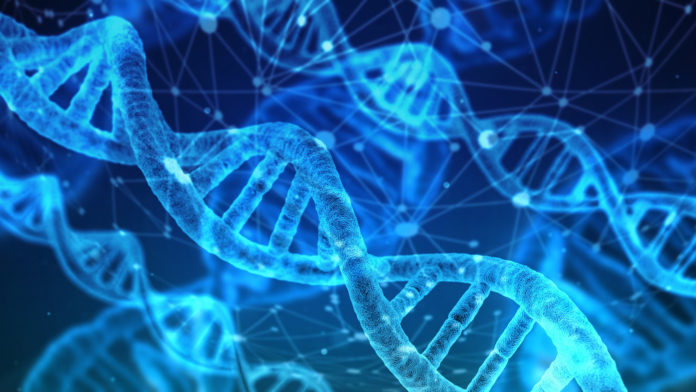We know that cancer has a genetic basis: mutated genes can alter how cells behave, and if they start to grow uncontrollably, then they become a major health concern.
The trouble is that even in the research world there tends to be a narrow focus on genes. This fixation often falsely equates the description “genetic” with the notion that most cancers are hereditary. But while some cancers certainly follow family lines, these cases are actually dwarfed by the number of cases that aren’t inherited at all. Understanding the other causes may help with cancer treatment and prevention.
David Wishart, professor of biological sciences and computing science at the University of Alberta, conducted a research review where he estimates that heritable cancers account for just 5-10 percent of all cancers. The review was published in Metabolites.
In the paper, Wishart discusses three main groupings of cancer causes. The first describes cancer as a genetic disease, where the focus is on the genetic instructions that each person is born with. This genome-only view is not only far from complete, but it makes cancer a disease driven by countless possible mutations and genetic interactions. Through this lens, it can be difficult to treat each unique case, and nearly impossible to prevent new ones.
The second describes cancer as an environmental disease, focusing instead on all the things that the body has been exposed to in life that may lead to mutations. This exposome view looks for triggers like cancer-causing compounds or pollutants, radiation, food and nutrition, tobacco smoke, or infection with pathogens like human papilloma virus (HPV). It also looks at lifestyle factors like physical activity levels, stress, education, climate, and quality of housing.
Around 70–75 percent of cancers can be explained by exposure effects.
This is an important addition to the pure genetics view, because almost no one is born with cancer. Even when a person is born with an inherited predisposition to cancer, it can take years or decades for cancer to develop. That means other exposures are likely necessary, and cancer is usually an acquired disease.
But notably, this exposome lens helps researchers frame new questions. What fraction of cancers are due to pollution or to processed foods? How many cases could be prevented by committing to more physical activity, or eating more fruits and vegetables?
Instead of being a genetic inevitability, this view makes nearly all cancers preventable.
The third describes cancer as a metabolic disease, focusing on all the chemical byproducts of cancer that change its environment and help fuel the disease.
“Cancer is genetic, but often the mutation itself isn’t enough,” said Wishart in a press release.
“It becomes a self-fuelled disease. And that’s where cancer as a metabolic disorder becomes really important.”
The metabolome lens frames the cellular environments where cancers thrive. And no matter what type of cancer a person has, it can generally be sorted into one of just four metabolic types. That can narrow clinical decision making from a huge number of possible genetic changes to a handful of metabolic treatment classes for doctors to consider.
In truth, all three lenses are needed to get a complete view of cancer as a disease. Expanding to this more comprehensive way of thinking opens up new possibilities for both cancer prevention and treatment.








































